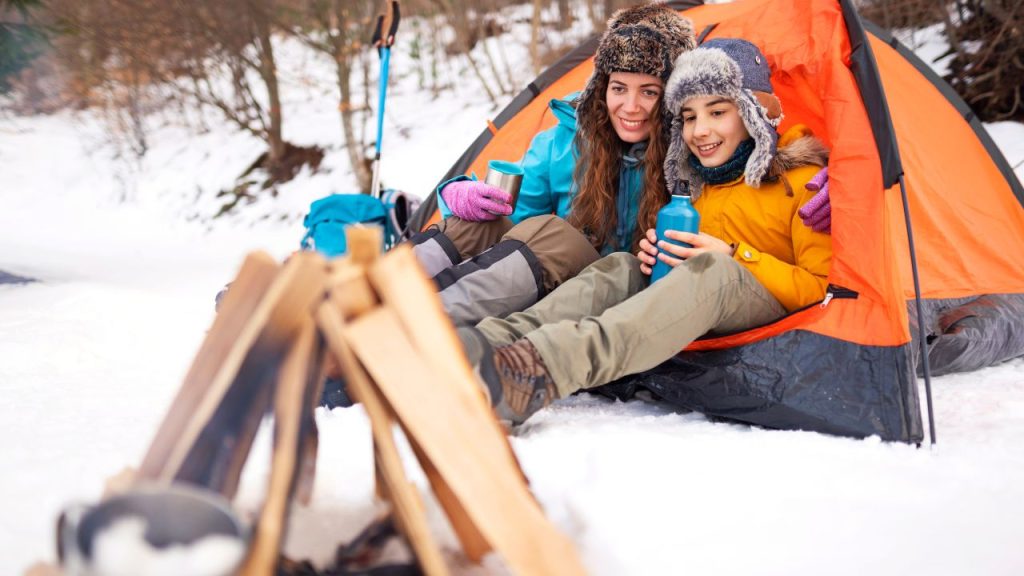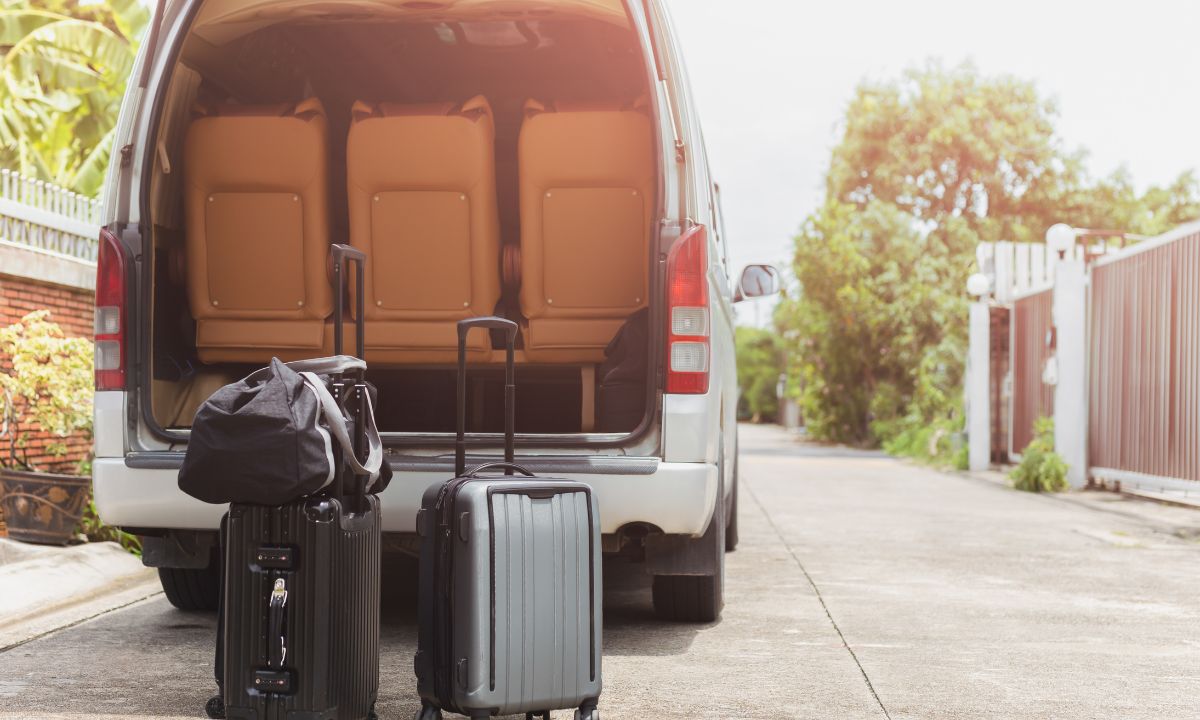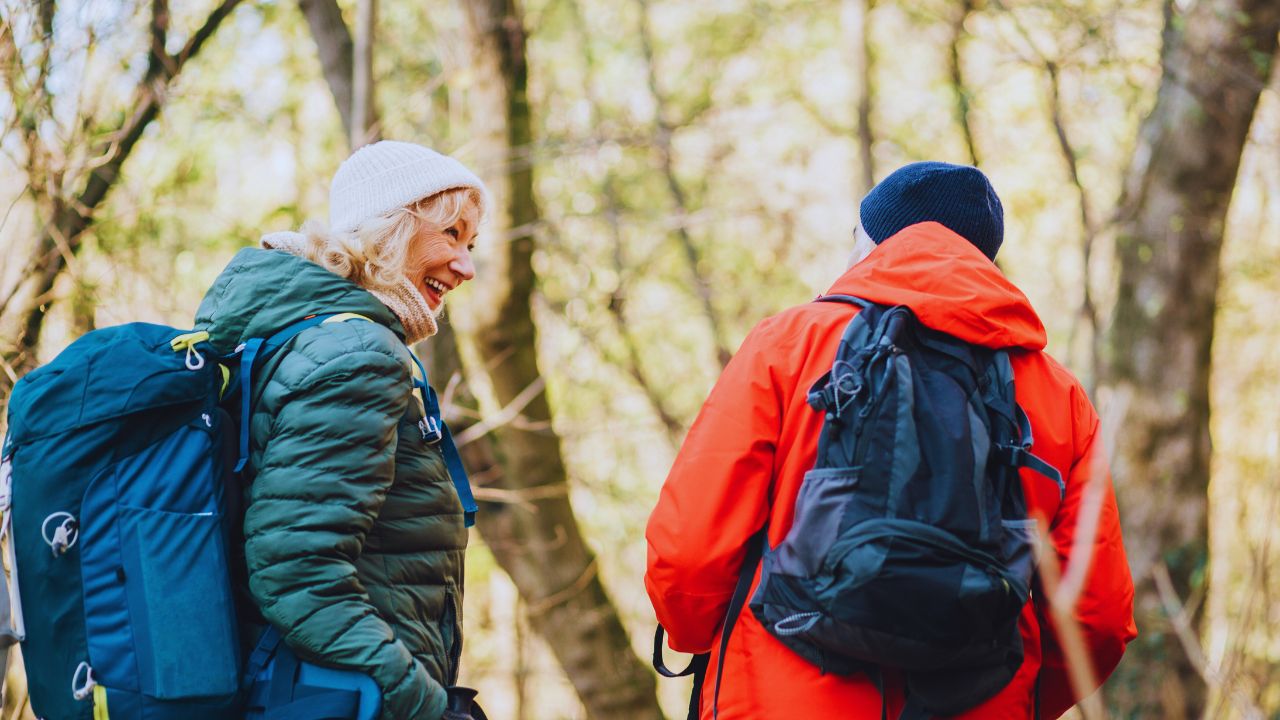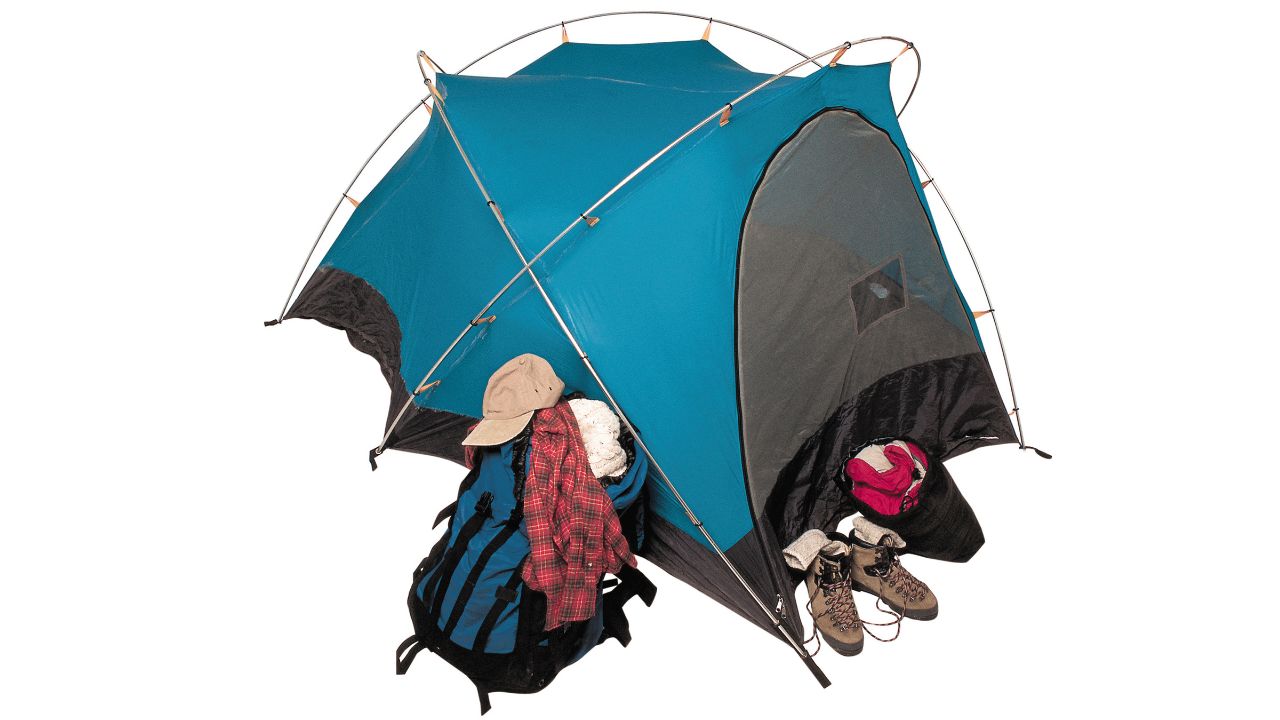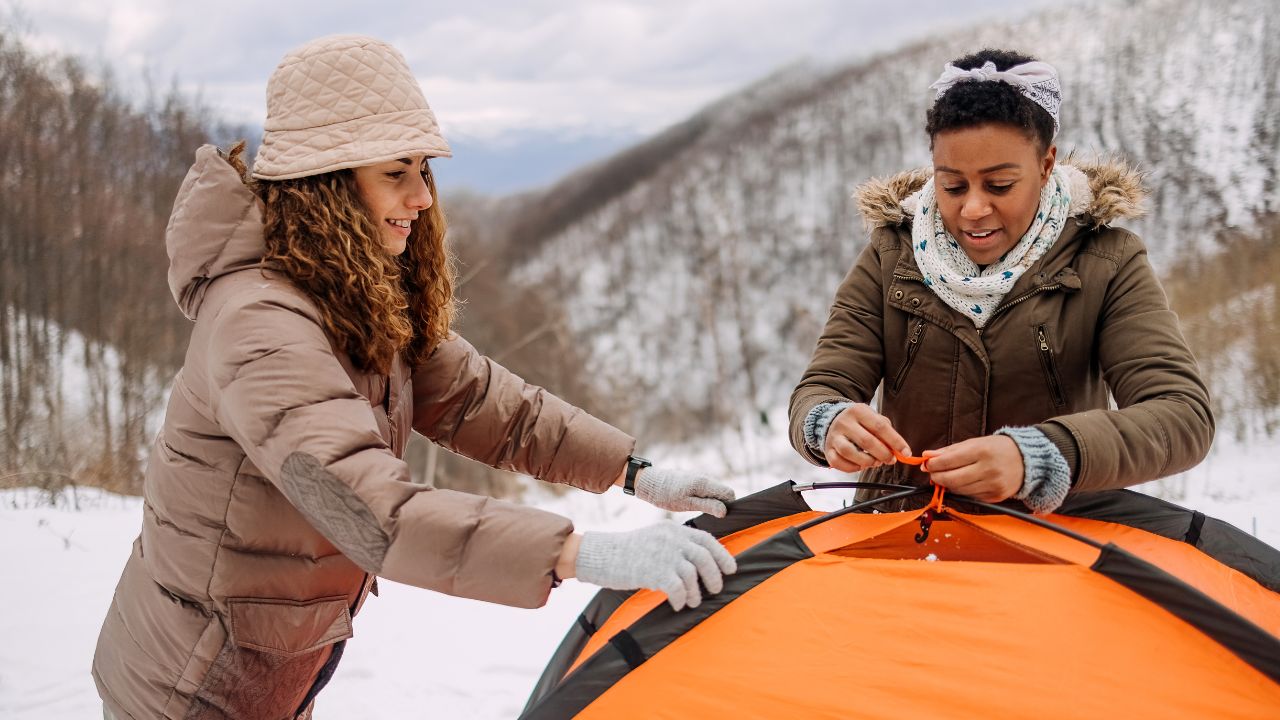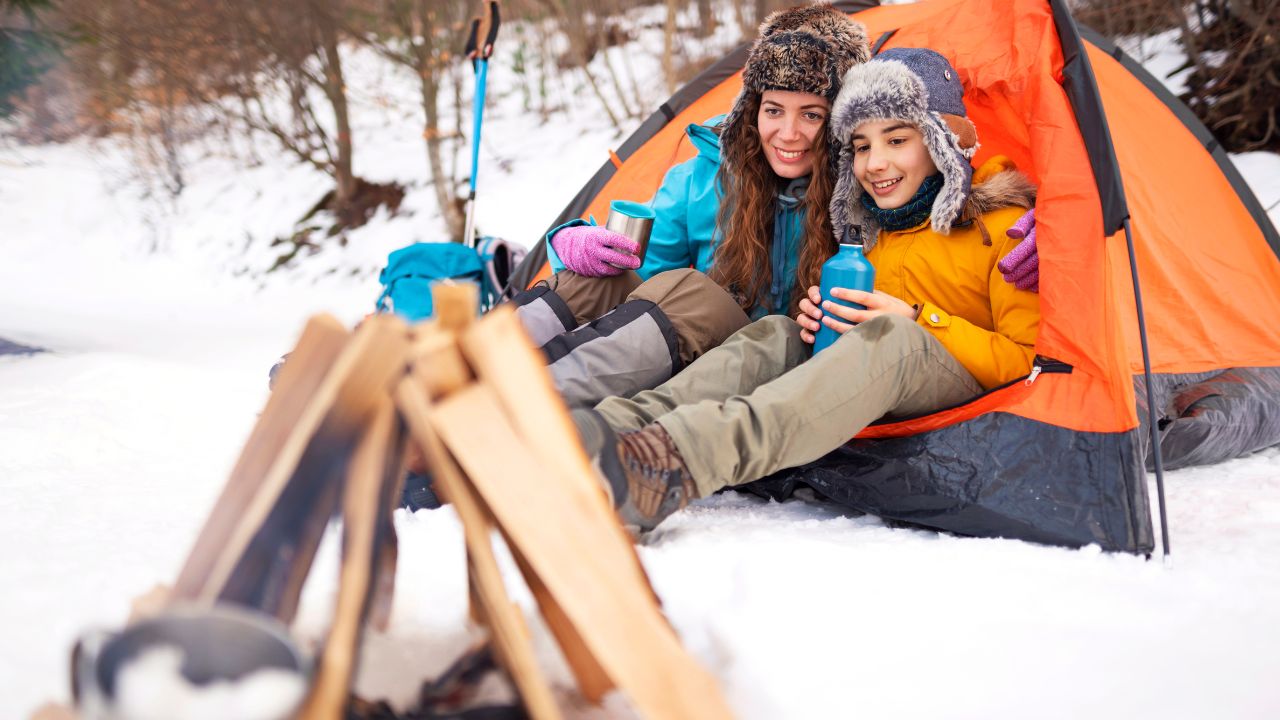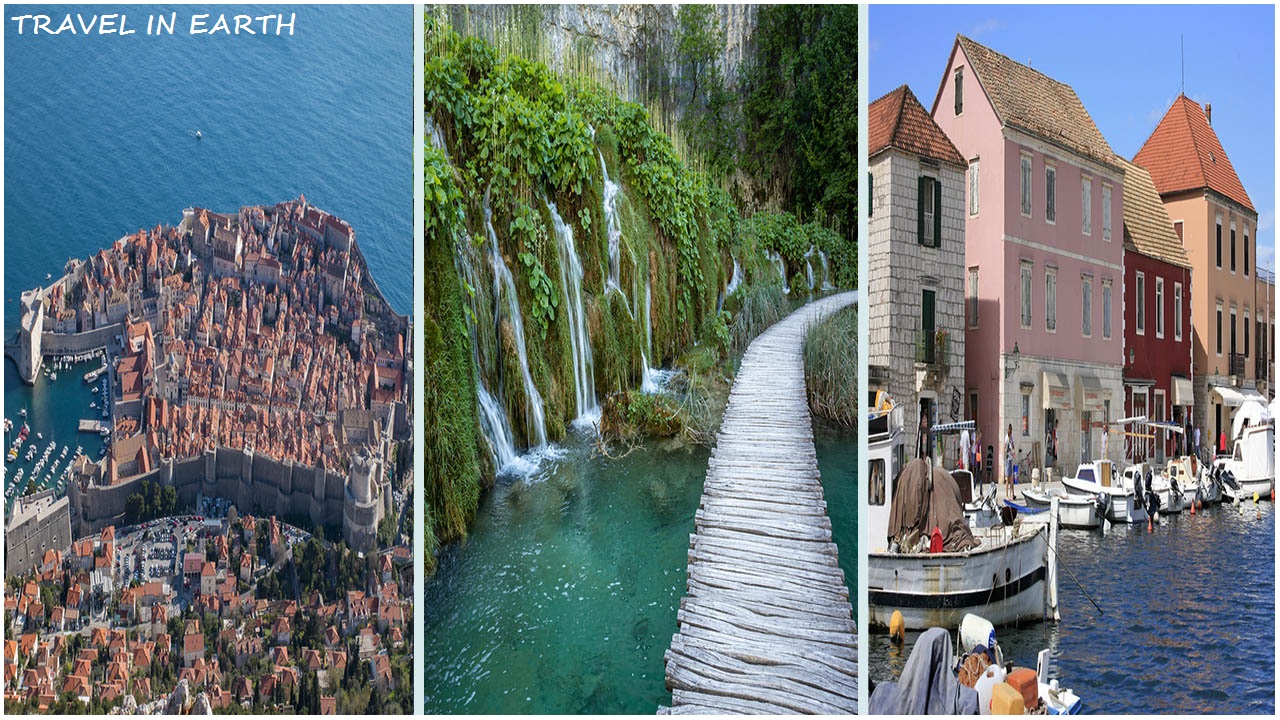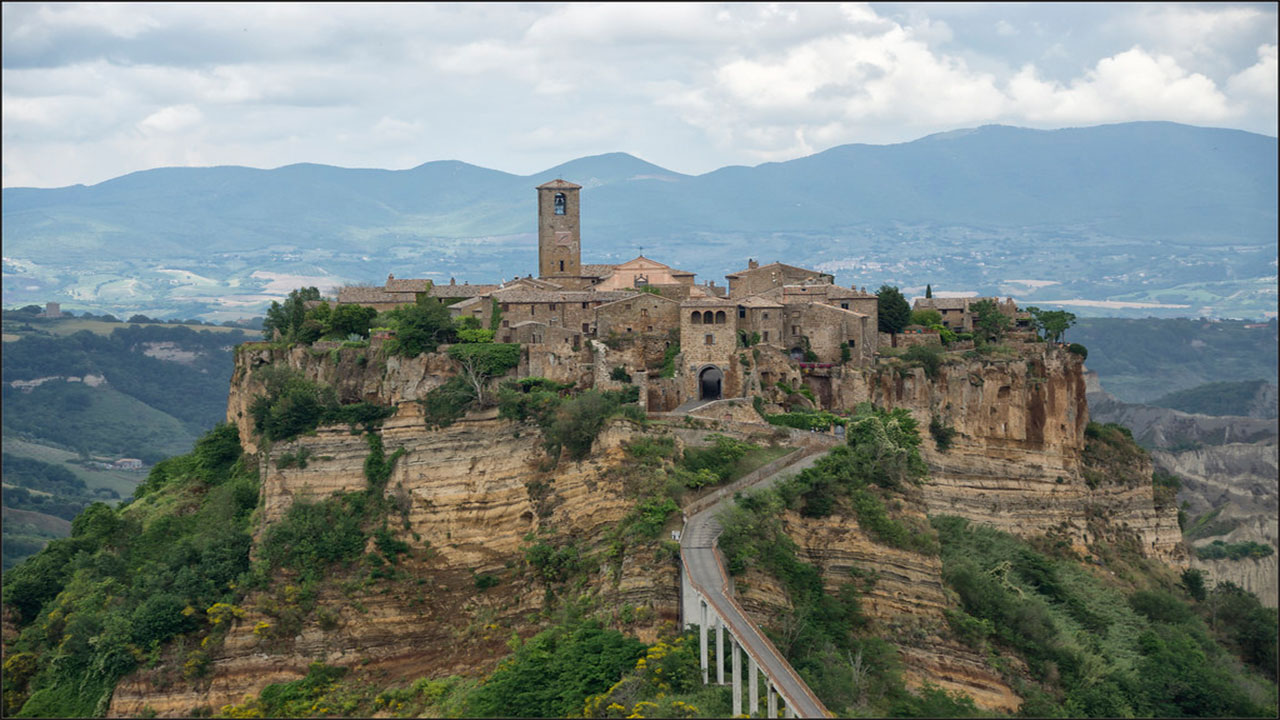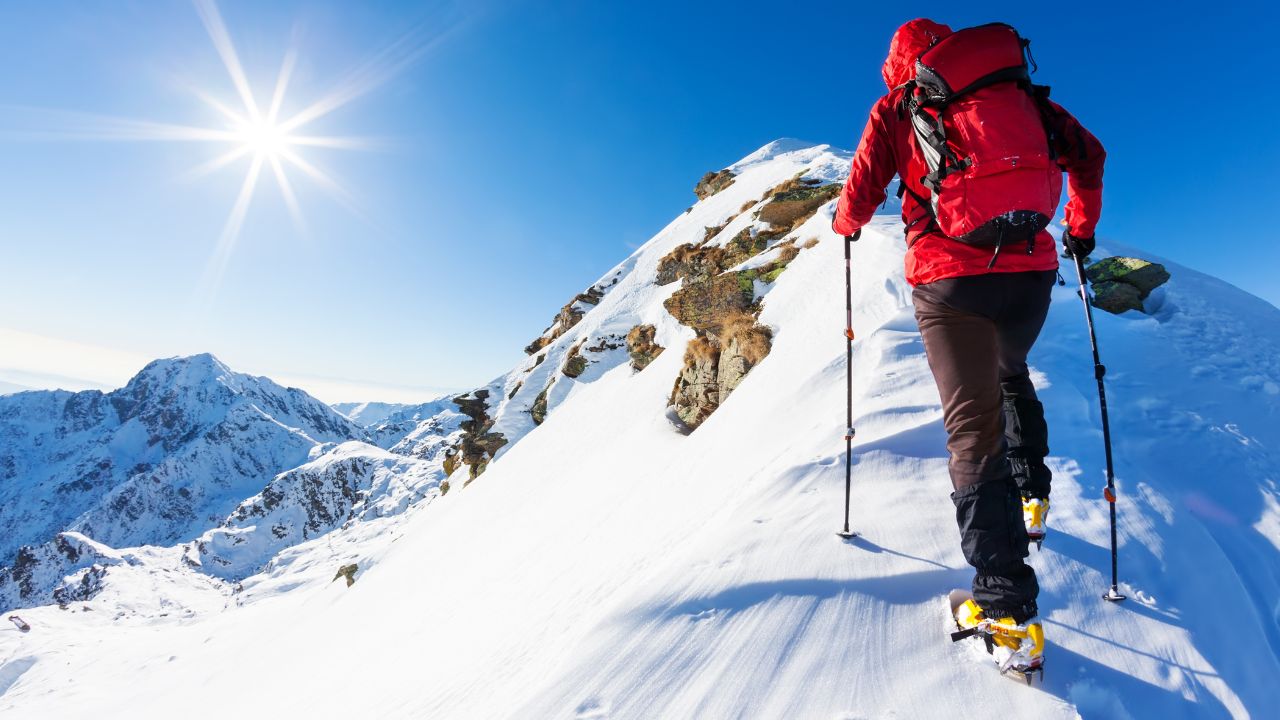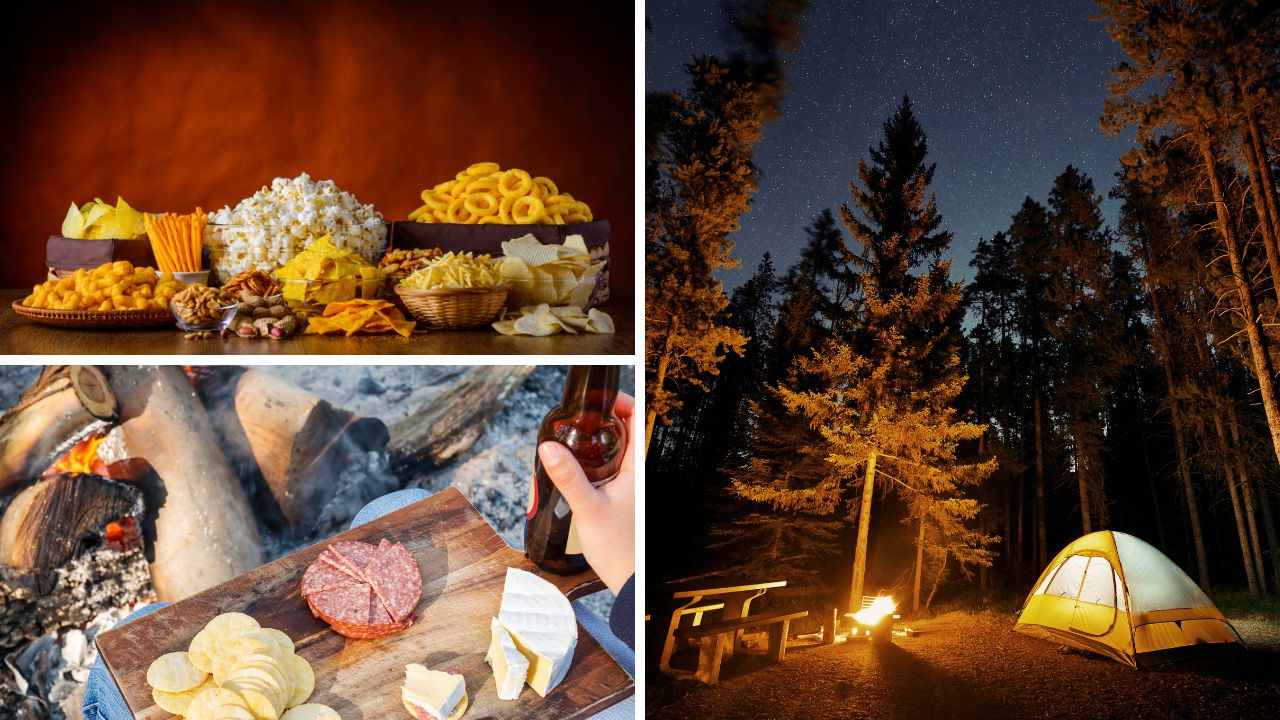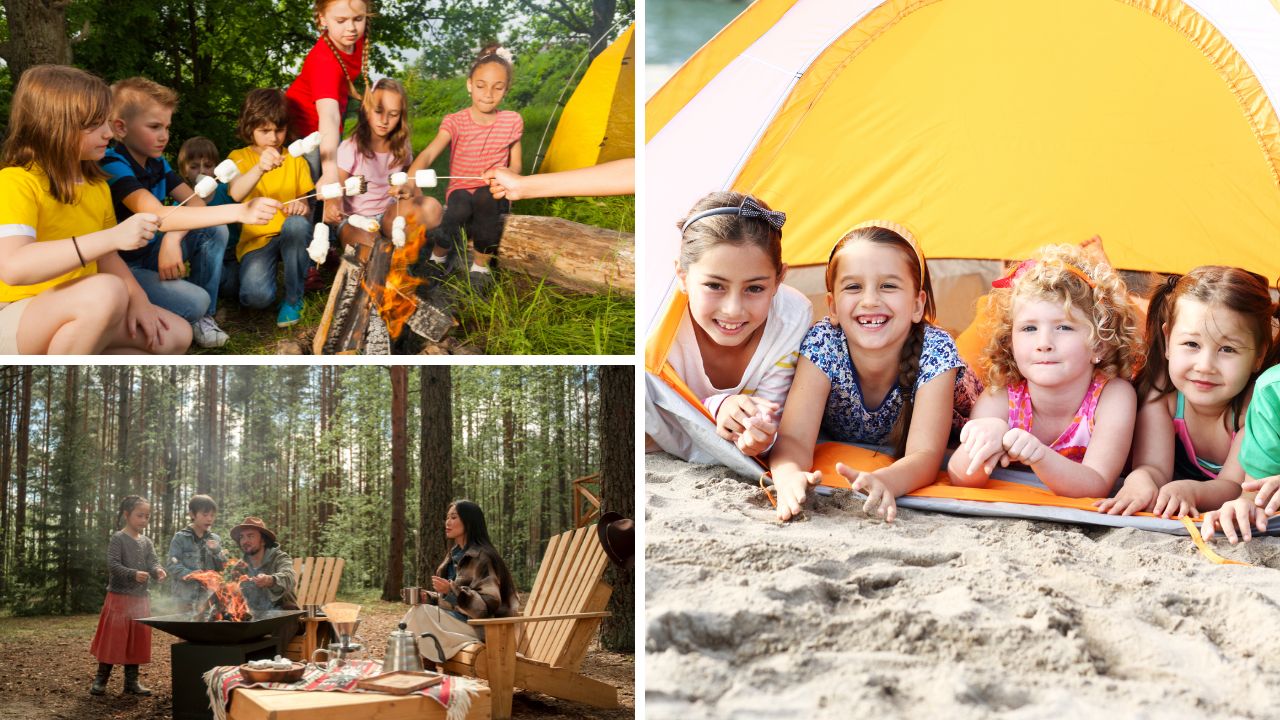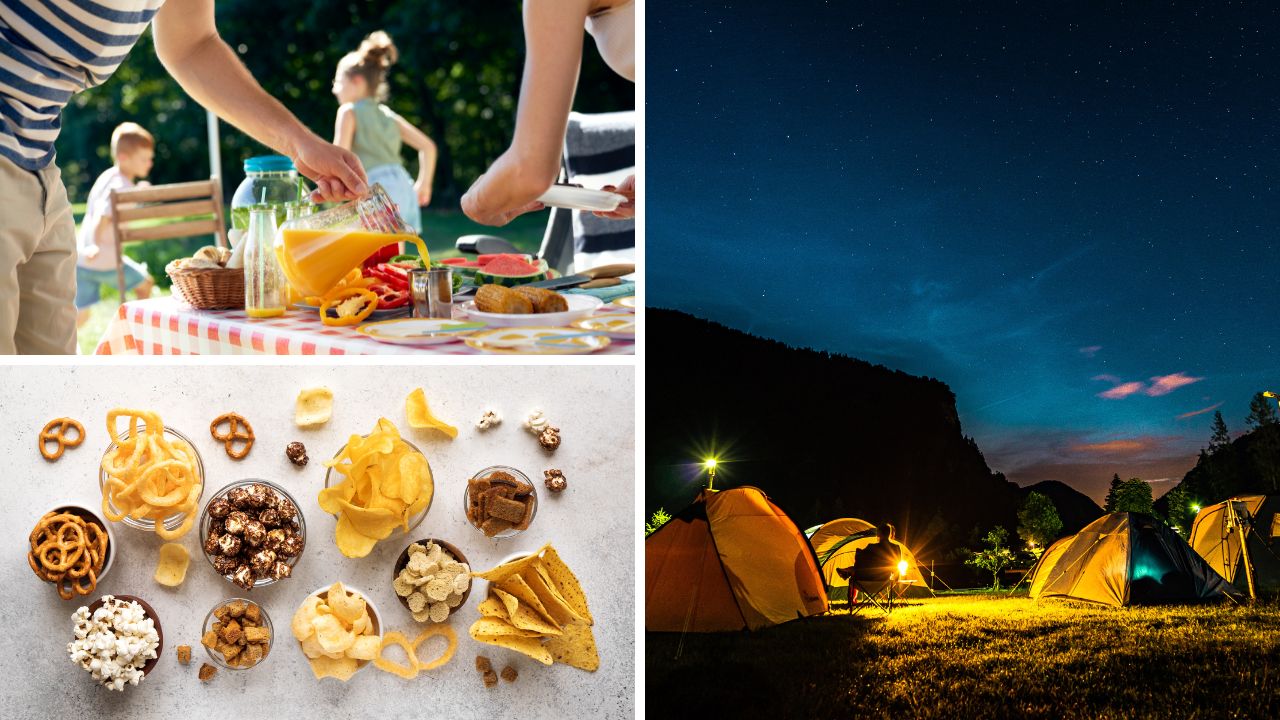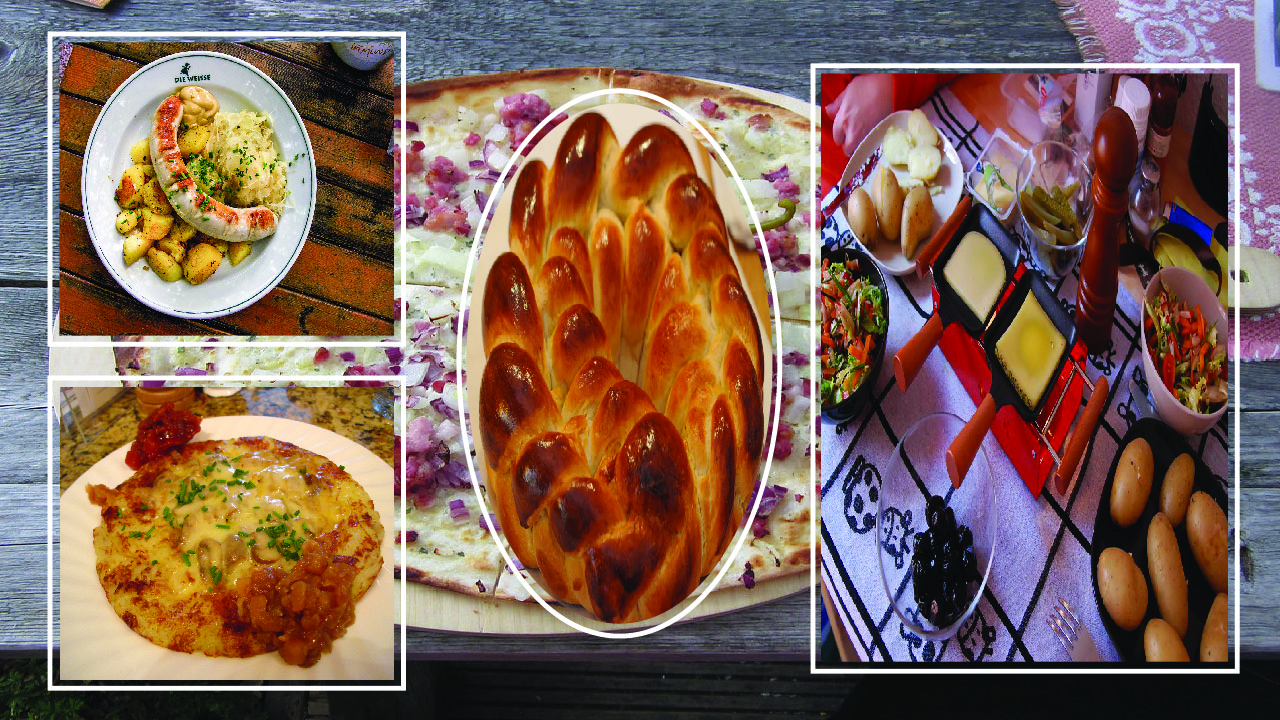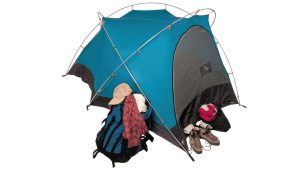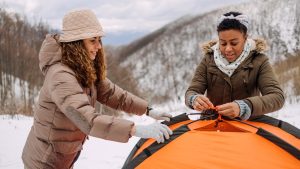Winter camping is a unique way to immerse yourself in nature’s frozen beauty. Snow-covered landscapes, quiet trails, and a cozy campfire make for unforgettable memories. However, winter camping requires a higher level of preparation than camping in warmer seasons. With temperatures dropping and risks like frostbite, hypothermia, and snowstorms, campers must prepare thoroughly to stay warm, safe, and comfortable.
Whether you’re a seasoned outdoors enthusiast or new to winter camping, this guide will equip you with essential winter camping tips. We’ll explore gear, clothing, campsite setup, and safety tips to ensure your adventure is both thrilling and comfortable.
Why Choose Winter Camping?
Winter camping offers a range of benefits that summer camping simply cannot. The snowy landscapes provide a fresh perspective on familiar trails and allow for unique winter activities like snowshoeing, ice fishing, or even igloo-building. In the winter, campsites are often less crowded, meaning you can enjoy a more peaceful and private experience. Plus, the quiet solitude and absence of insects make it an appealing time to be outdoors.
The challenging conditions also make winter camping a rewarding experience. Overcoming the elements teaches resilience, patience, and adaptability, enhancing both physical and mental endurance.
Essential Winter Camping Gear

Packing the right gear is vital for winter camping. Let’s delve into the specific items you’ll need to make your winter camping experience comfortable and safe:
1. Four-Season Tent
Winter camping demands a tent that can withstand snow, wind, and freezing temperatures. Stronger poles, durable fabric, and lower vents trap warmth in a four-season tent. Unlike three-season tents, these tents feature reinforced frames and thicker materials that can resist heavy snow loads and prevent drafts.
Tip: Consider a tent with a vestibule, which provides extra storage space for wet gear, keeping the interior dry and organized.
2. Sleeping Bag with Low Temperature Rating
A sleeping bag rated for subzero temperatures is essential. Down sleeping bags are lightweight, compressible, and very warm, but they lose insulation when wet. While synthetic sleeping bags are heavier, they retain their insulation even when damp, making them an invaluable choice in snowy conditions. Look for bags with a draft collar, hood, and full zipper to retain heat.
Sleeping Bag Liner: Adding a liner to your sleeping bag can boost warmth by 10-15°F. Liners are lightweight, easy to pack, and provide an extra layer against the cold.
3. Insulated Sleeping Pad(s)
The ground can quickly sap your body heat, making a quality sleeping pad crucial. Look for sleeping pads with an R-value of 4 or higher, as this measures the pad’s ability to resist heat flow. Layering two pads—like a foam pad beneath an inflatable one—provides excellent insulation and comfort.
4. Reliable Winter Stove and Extra Fuel
In winter, you’ll burn more calories and use more fuel for cooking due to colder temperatures. Liquid fuel stoves are reliable in cold weather as they don’t rely on pressurized canisters, which can struggle in freezing temperatures. Canister stoves with a built-in regulator can also work well, provided you bring a windscreen.
Tip: Always carry more fuel than you think you’ll need. Cold weather cooking consumes more fuel due to extended boiling times and the need to melt snow for water.
5. Lighting and Extra Batteries
Winter nights are long, and effective lighting is crucial. Pack a high-lumen headlamp with extra batteries, as cold drains battery life quickly. LED lanterns can also add ambient light to your campsite, making it safer and more comfortable.
6. Waterproof and Insulated Backpack
A waterproof backpack with enough capacity to carry all your winter gear is a must. Insulated compartments or liners can help keep certain items, like water and food, from freezing.
Dressing in Layers for Optimal Warmth

Staying warm in cold temperatures is about balancing insulation, moisture control, and wind protection. Layering provides flexibility to adjust as you warm up or cool down.
1. Base Layer
Your base layer should wick moisture away from your body. Merino wool or synthetic materials like polyester work well. These materials are breathable and dry quickly, keeping sweat from making you cold. Avoid cotton, as it absorbs and retains moisture.
Example: Lightweight merino wool top and bottom base layers are ideal for cold, dry conditions.
2. Mid-Layer for Insulation
This layer traps body heat. Fleece and down are popular choices because fleece is durable and quick-drying, while down offers an exceptional warmth-to-weight ratio. Consider a down jacket for maximum warmth or a synthetic insulated jacket if you expect damp conditions.
Tip: If you’re engaging in high-energy activities like hiking or skiing, a fleece mid-layer is better suited for breathability.
3. Outer Layer for Weather Protection
A high-quality waterproof and windproof jacket and pants form your outer layer, commonly known as a “shell.” These protect against wind, snow, and rain while allowing moisture to escape, which is essential for regulating body temperature. Choose materials with Gore-Tex or other breathable waterproof fabrics for optimal protection.
Example: A hard-shell jacket with pit zips can help you ventilate during activities without sacrificing warmth.
4. Accessories
- Hat and Gloves: Wear a thermal hat to cover your head and ears, and pack extra gloves or mittens. Look for insulated gloves with a waterproof exterior to keep hands warm and dry.
- Neck Gaiter or Balaclava: Protects your face and neck from cold winds.
- Thermal Socks and Waterproof Boots: Insulated, waterproof boots with good traction prevent frostbite and keep your feet dry. Merino wool or synthetic socks are ideal for warmth and moisture-wicking.
Safety Tips for Winter Camping

Camping in the winter can be dangerous if you aren’t aware of potential hazards. Here are critical safety tips:
1. Hypothermia Prevention and Recognition
Hypothermia can set in rapidly. To prevent it, stay dry, wear warm layers, and avoid overexertion, as sweating can make you cold. Symptoms include intense shivering, slurred speech, and loss of coordination. If you suspect hypothermia, get the person to shelter, remove wet clothing, and wrap them in warm, dry blankets.
2. Recognizing and Avoiding Frostbite
Frostbite occurs when skin and tissue freeze. Commonly affected areas include the nose, ears, cheeks, fingers, and toes. To prevent frostbite, keep skin covered, avoid tight clothing that restricts circulation, and check extremities often.
3. Avalanche Awareness
If camping near mountains or snow-covered slopes, check avalanche reports and avoid steep areas after heavy snowfall or high winds. Carry avalanche safety gear if you’re in a backcountry area.
4. Hydration and Nutrition
Staying hydrated is essential in cold weather, as you lose fluids through breathing. Bring an insulated water bottle to prevent water from freezing. Eating high-calorie foods, like nuts, cheese, and chocolate, keeps energy levels up and generates body heat.
5. Emergency Supplies
Always carry a first-aid kit, multi-tool, extra food, and a reliable map or GPS. Pack a fire starter and waterproof matches for emergencies. Consider a personal locator beacon if you’re camping in remote areas.
Meal Planning and Cooking Tips

Food is not just fuel; it’s warmth and comfort. Proper nutrition is crucial for staying warm and energized.
1. Plan High-Calorie, Easy-to-Cook Meals
Cold weather demands high-energy foods. Plan meals with plenty of protein, fats, and carbohydrates. Freeze-dried meals are lightweight, easy to cook with boiling water, and provide necessary calories.
2. Keep Your Food Warm
A thermos can keep your meals and drinks warm longer, which is particularly helpful for morale and comfort during a winter camp. Try filling your thermos with soup or tea in the morning to have a warm drink later in the day.
3. Prevent Freezing Food and Water
Store food inside your backpack or in insulated containers to prevent it from freezing. Consider storing food and water inside the tent at night, as freezing temperatures can render them unusable by morning.
Setting Up a Comfortable Winter Campsite

Setting up your campsite strategically can improve warmth, safety, and overall comfort.
1. Selecting the Right Campsite
A natural windbreak, such as a clump of trees, can provide shelter from the wind. Avoid camping directly under snow-laden branches, as they could fall. Flatten the snow where you’ll pitch your tent, which helps prevent heat loss and provides stability.
2. Snow Walls and Wind Breaks
Building a small snow wall around your tent can act as an effective windbreak, shielding you from harsh winds and reducing heat loss. Snow walls can also help mark your camp area.
3. Set Up a Drying Line
Wet gear can freeze overnight, making it uncomfortable in the morning. Set up a drying line inside your tent’s vestibule, where you can hang damp items to dry out or at least reduce the moisture.
Conclusion
Winter camping can be a challenging yet deeply rewarding experience. With the right gear, mindset, and preparation, you can enjoy the season’s unique beauty and tranquility. Remember, the key to a successful winter camping trip lies in staying warm, dry, and safe. From carefully planning your meals to setting up a comfortable campsite and layering up for warmth, each step prepares you to handle winter’s challenges.
Embrace the adventure and respect the power of nature. A well-prepared winter camping trip is an experience you’ll cherish, providing new perspectives on nature and a deep sense of accomplishment. Enjoy the peace, the beauty, and the quiet thrill of winter camping.

